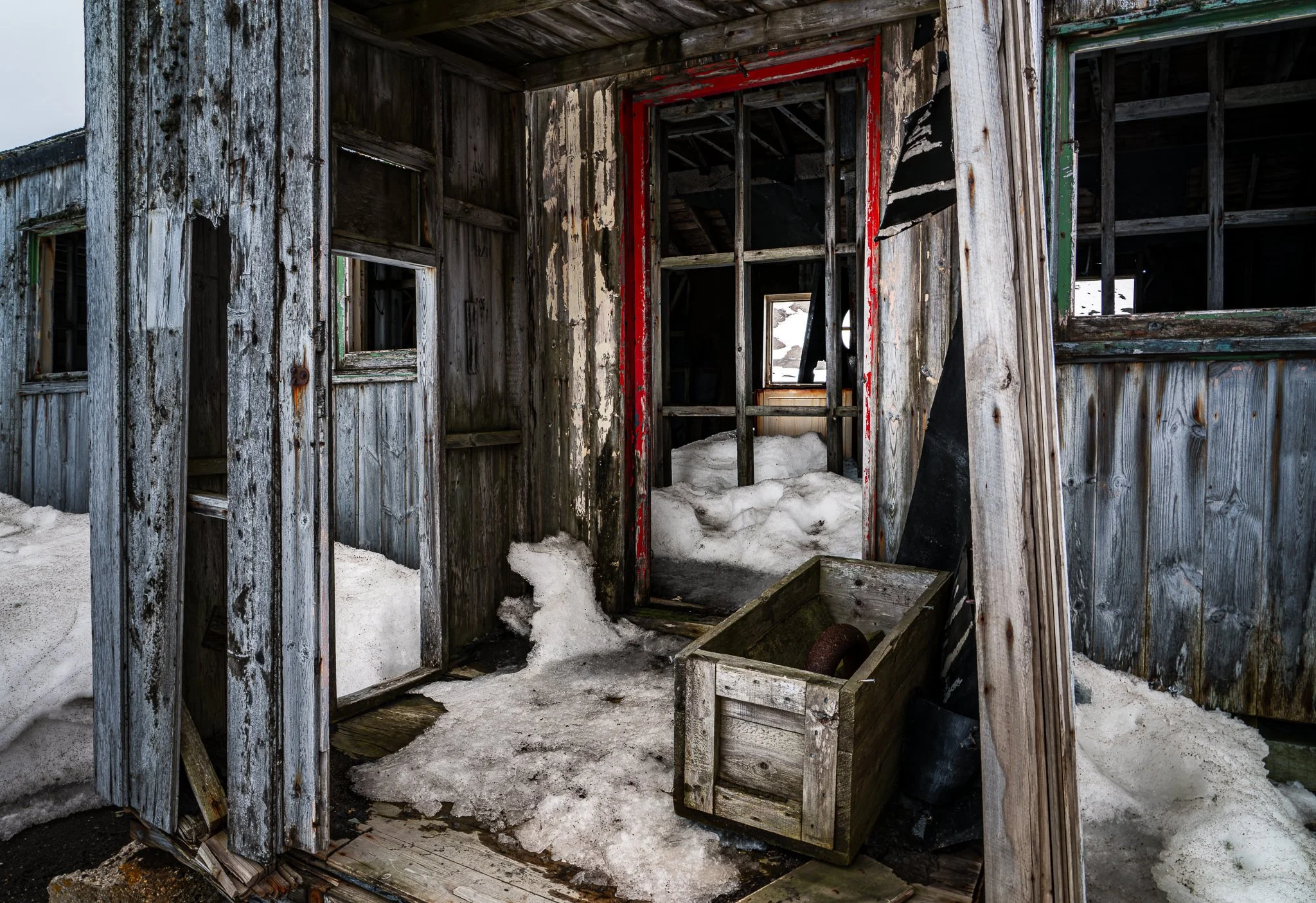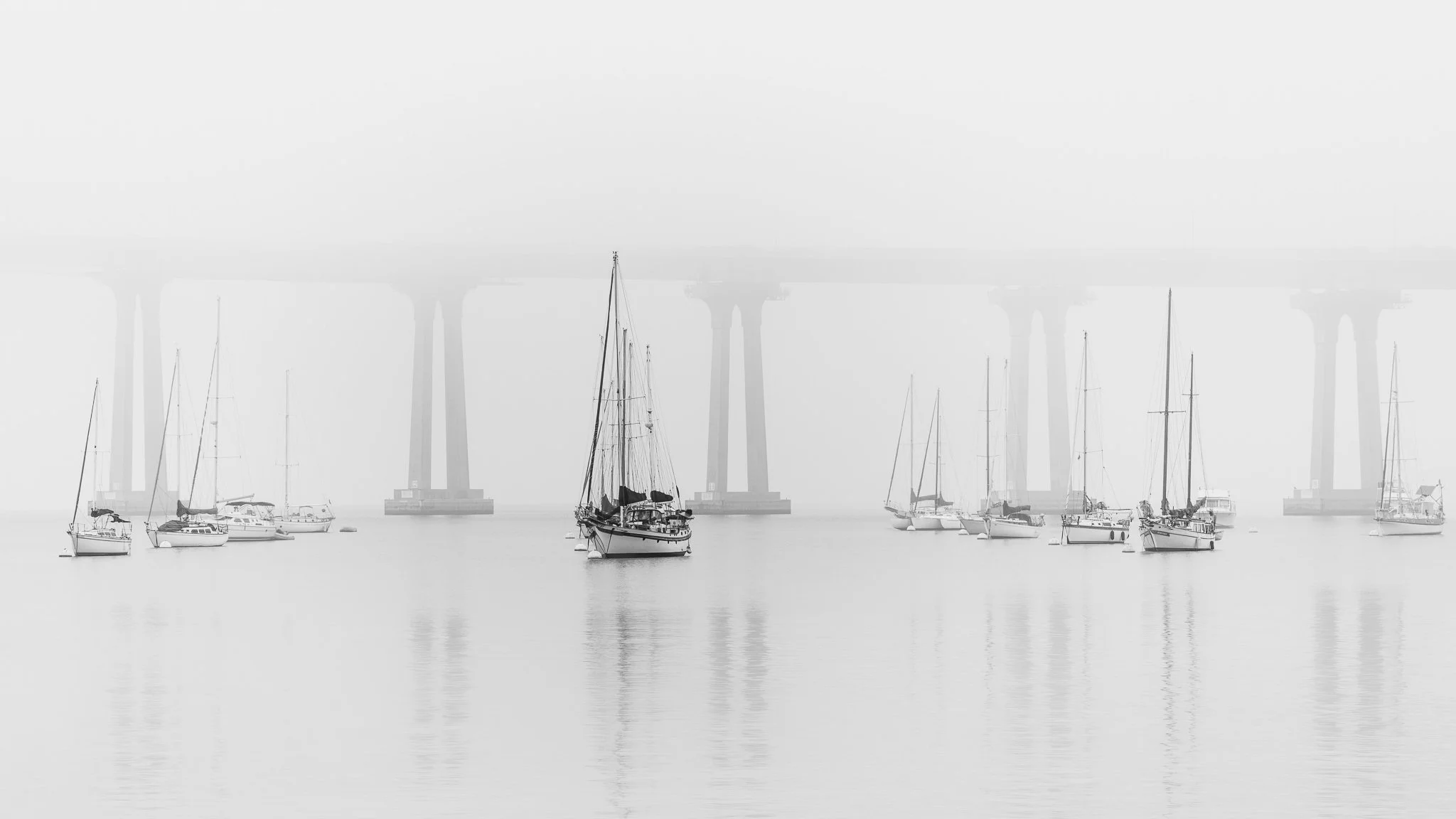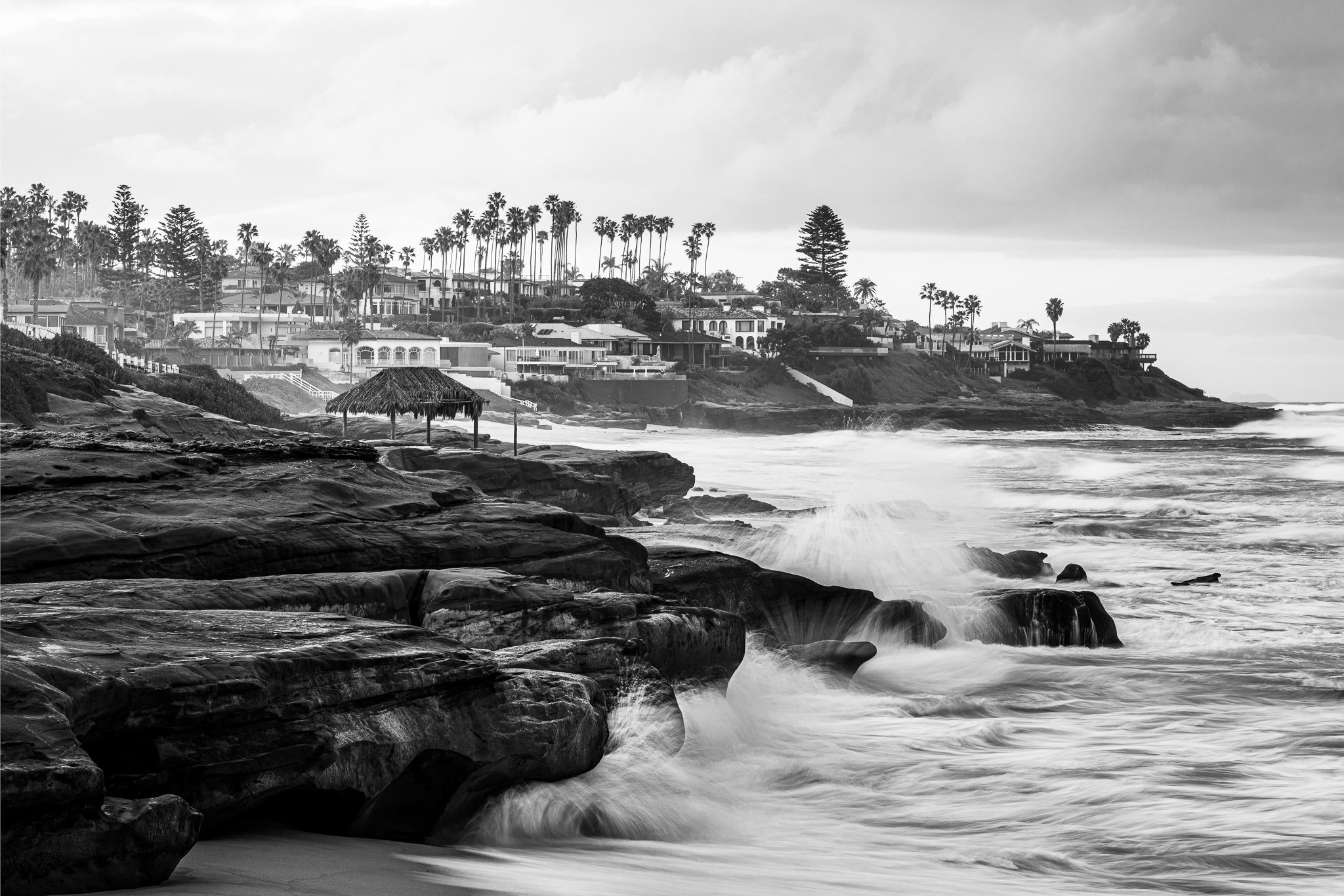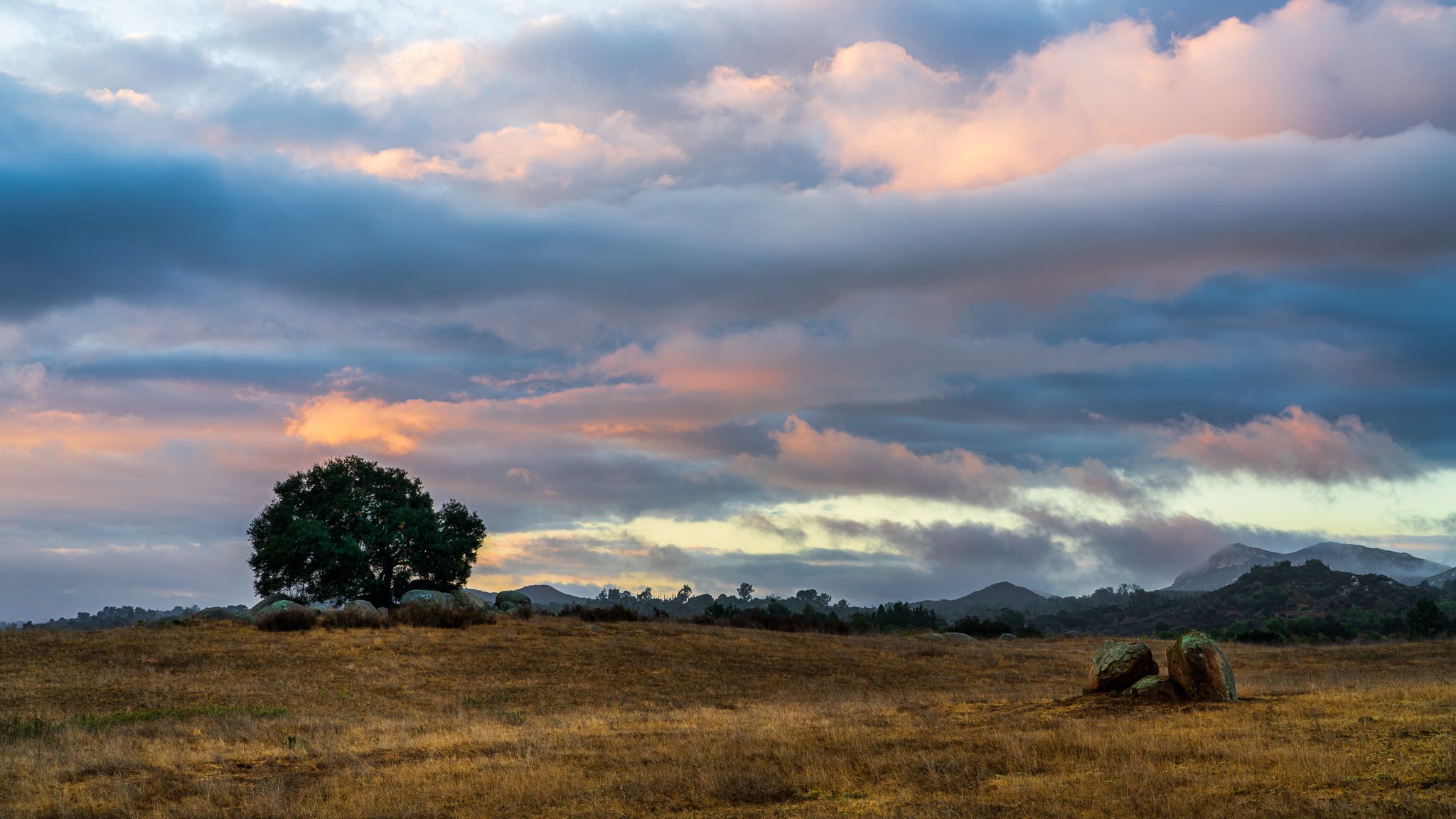A handful of local adjustments seemed enough to guide the eye toward a forgotten doorway—until curiosity pushed the edit further. Join me as I shape light and shadow, exploring “what if” moments that transformed the mood of this abandoned whaling station.
Read MoreWhen you take command of light in your edits, you take command of the story your image tells.
Read MoreRevisit a 10-year-old photo with me and see how much can change when you focus on visual storytelling over time. By reshaping light and refining tone, you’ll see how an image becomes more natural, stronger, and more compelling with a more mature vision.
Read MoreAn unscripted black and white edit, shaping a foggy morning of boats into a high key, dreamlike scene. From raw frame to final image, it’s all about light, mood, and letting the photograph lead the way.
Read MoreMaster the tone curve to shape light, enhance contrast, and bring intentional depth to your black and white photos.
Read MoreWhen you find yourself wresting with a crop and the composition isn’t falling into place, think about generative expand. It can correct field mistakes - and it’s easy to use.
Read MoreIt’s not about which photo editor you use—it’s about how well you know its masking tools. Learn how to select exactly what you want, no matter the software.
Read MoreWhatever editing tool you use - Lightroom, ON1 Photo RAW, Luminar Neo - you have a dehaze slider. It’s immensely useful for architecture and cityscape images.
Read MoreHere’s another dodge and burn technique you can use with curves. In this video, I show the technique using ON1 Effects, although you can do this in any photo editing tool with a maskable curves tool.
Read MoreA tight crop in photography removes distractions and directs the viewer’s attention straight to the most important part of the image. By eliminating unnecessary elements, a close crop enhances emotion, detail, and storytelling.
Read MoreThe landscape is a dynamic place. Remember to adjust your composition as conditions change.
Read MoreFoggy conditions present a unique photographic opportunity to create moody, atmospheric images that capture the ethereal beauty of misty environments. Here are some composition and editing tips to make your fog photography better.
Read More











